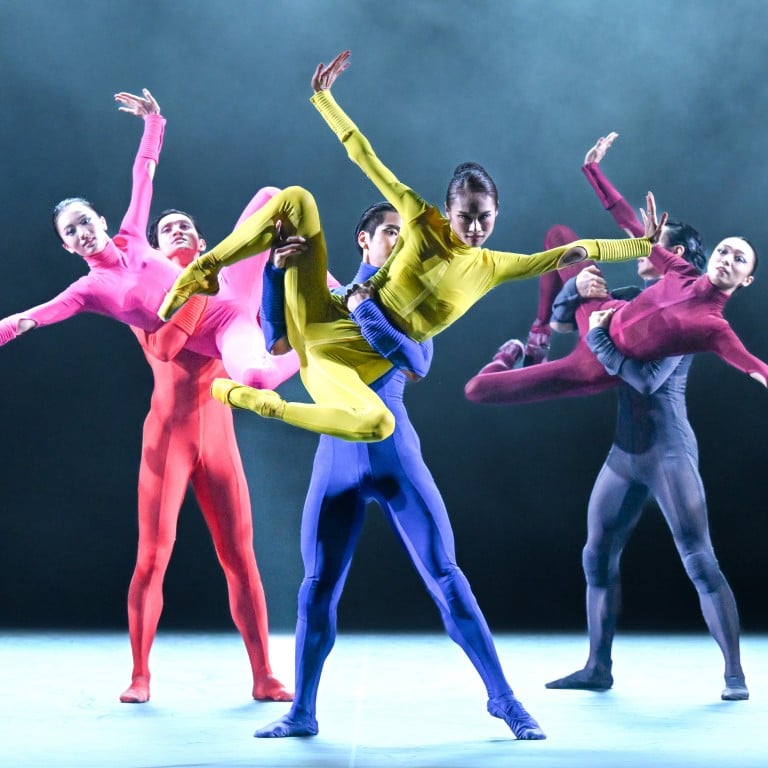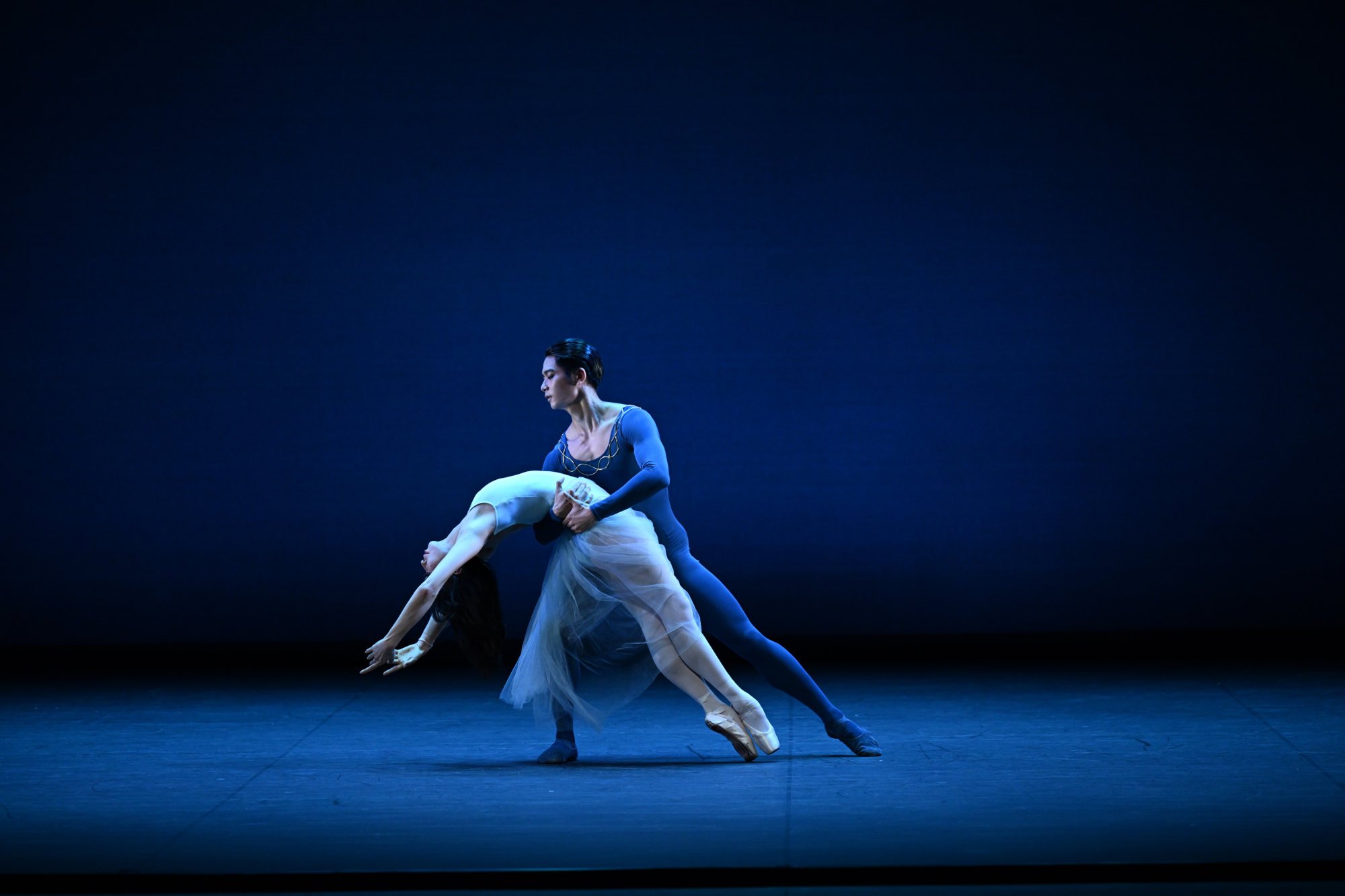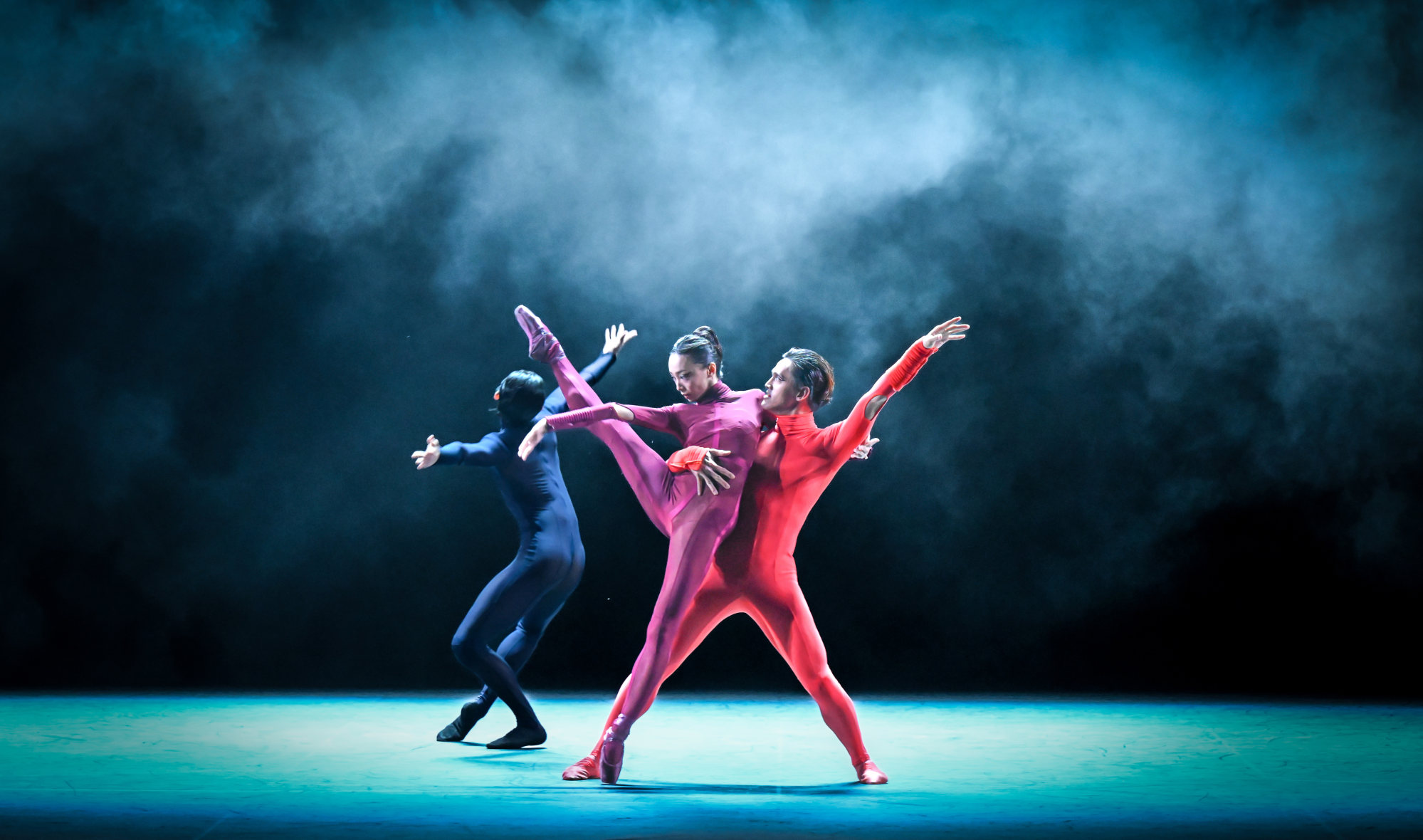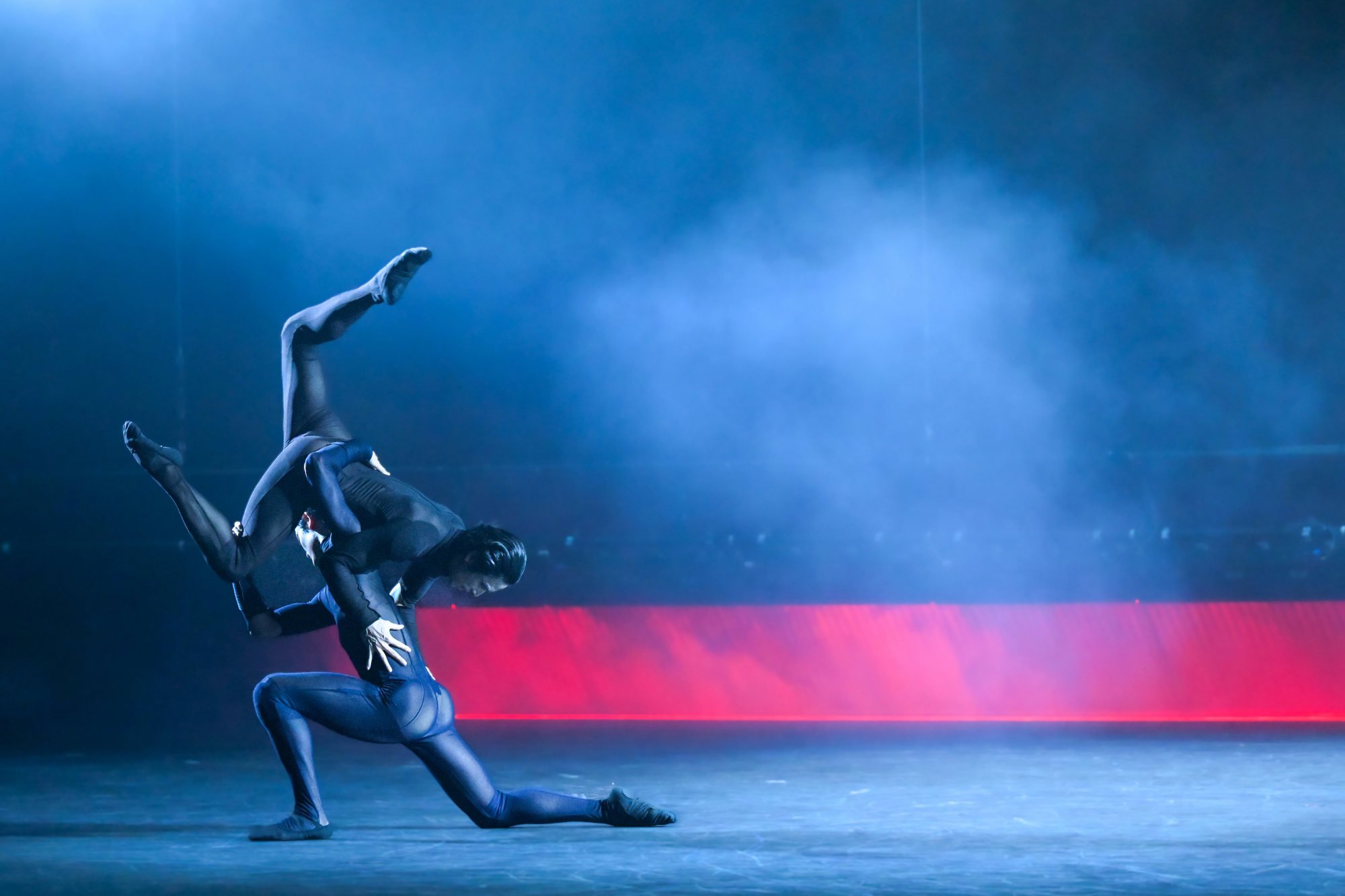
Review | Breakneck Hong Kong ballet brings screams and cheers from the audience in a show of emotion rarely seen in the city
- Andonis Foniadakis’ Strangelove, part of Hong Kong Ballet’s ‘The Rule Breakers’ programme, took the audience on a frenetic non-stop ride of extreme action
- Masterpieces by George Balanchine and William Forsythe received a warm reception, but it was Foniadakis’ work that brought the biggest response
Hong Kong Ballet’s “The Rule Breakers” was a triple bill of one-act ballets: two 20th-century classics, by George Balanchine and William Forsythe, as well as a new work created for the company by Greek choreographer Andonis Foniadakis.
The dancing throughout was among the best I have seen from the company in recent years, doing full justice to the first two pieces and tackling the extreme challenges of the third undaunted.
The programme is intended to showcase choreographers who have broken new boundaries in ballet as a genre. While Balanchine certainly did this in many of his works, Serenade is an odd choice since it is among his more conventional pieces in terms of movement.
Created in 1934 and set to Tchaikovsky’s ravishing Serenade for Strings in C, it is a work of supreme lyricism and deceptive simplicity whose luminous beauty and subtle sense of mystery are hard to capture.

Previous stagings by Hong Kong Ballet in 2014 and 2016 were less than satisfying. Happily, the company rose to a different level this time around.
In the lead ballerina role, Ye Feifei gave a blissfully authoritative performance. Her affinity for Balanchine was on full display in her musicality, technical assurance and above all her innate feeling for the piece.
Heavy metal meets orchestral sound in Bright & Black, with mixed results
This was seen from moments of playfulness to the power of the ending where she is carried across the stage standing upright and bends backwards, stretching out her arms in one of ballet’s most iconic images.
Jessica Burrows was equally in tune with the choreography, bringing sparkling jumps, limitless stamina and a radiant personality to the other female lead.
All the female soloists, notably Gao Ge in the Dark Angel sequence, did well, and the corps de ballet were delightfully light and precise.

There is little for male dancers to do in Serenade and while guest artist Gian Carlo Perez danced and partnered well, it was hard to see why he was brought all the way from the US for such a limited role. In the second male lead, the company’s own Gouta Seki made a strong impression with elegant style and confident partnering.
The music was performed beautifully by members of the Hong Kong Philharmonic and the Hong Kong Academy for Performing Arts orchestras, conducted by Lio Kuokman.
Hong Kong Ballet have not done anything by Forsythe since his 1985 Steptext, which they performed with great success in 2009 and 2010.
In the Middle, Somewhat Elevated, created in 1987, is the piece which made the choreographer famous; set to a driving electronic score by Thom Willems with stylish designs by Forsythe himself, it caused a furore on its premiere, but today has become a staple of the international repertoire.

Forsythe deconstructs and reinvents the classical ballet vocabulary while never losing touch with its roots. The dancers stalk around the stage with the choreographer’s trademark flat-footed, insolent walk then explode into movement: impossibly high extensions, ferocious, flying jumps, and brutal-looking lifts that subvert the tradition of gallantry in partnering.
The choreography demands the highest degree of technical skill from the dancers, combining fierce energy and bursts of speed with exceptional precision and control.
The piece was executed in dazzling fashion by the entire cast. Both Ye and Burrows were outstanding – the sharp contrast of style with Serenade was a tribute to their versatility and dance intelligence.
The frenetic pace and relentless complexity of [Strangelove] make it hazardous to dance and there were a number of cast changes due to injuries
Wang Qingxin, whose extreme extensions and sultry stage presence make her ideally suited to dance Forsythe, also shone. Albert Gordon and Yonen Takano produced some thrilling virtuosity and Garry Corpuz pulled off the tricky feat of making the partnering look rough without it actually being so.
Over the years, both Balanchine and Forsythe have been lauded by some as breathing new life into ballet, and accused by others of creating human geometry or gymnastics rather than dance.
Pushing the boundaries of ballet is important to keep this great art form fresh and exciting for new generations of dancers and audiences, but Strangelove edges closer to extreme sport than dance.

In the past I’ve criticised choreography by Hong Kong Ballet’s artistic director Septime Webre as being too busy. Strangelove makes his work look like Noh.
The piece is set to six songs by 1980s British techno-pop band Depeche Mode. All six are similar in rhythm and not obviously suited to dance. Foniadakis deals with this by the simple expedient of ignoring the music and creating choreography that has no connection with it.
Whether the song is fast or slow, the pace of the movement is the same – everything is performed at breakneck speed from start to finish, no pauses, no slower passages, just non-stop hectic action for 25 minutes. By the end, my eyeballs were twitching.

The choreography looks like Forsythe on fast-forward, with an extra dimension of pure gymnastics, a hint of parkour and a touch of pairs skating in the manipulated, risky lifts – I was waiting for a throw triple salchow, about the only thing that didn’t materialise.
The frenetic pace and relentless complexity of the piece make it hazardous to dance and there were a number of cast changes due to injuries. If this is where ballet is headed, it raises the question of where the balance should be struck between artistic freedom for choreographers versus health and safety for dancers.
Anastasios Sofroniou’s costumes consist of unattractive all-in-one leotards, a different colour for each dancer – Wang was in Day-Glo yellow, which made her look like a very tall banana.

The piece pushes the dancers to their limits and the cast of 14 did a heroic job; their energy, stamina and technical skills were truly astounding and Seki was again exceptional.
This is the kind of piece you either love or hate, and the audience at the Lyric Theatre loved it.
While the whole programme received a warm reception, Strangelove had people on their feet screaming and cheering at the end, something rarely seen in Hong Kong.
A special word for Nana Sakai, who danced in all three ballets with undiminished verve, and congratulations to guest répetiteurs Darla Hoover (Serenade) and Thierry Guiderdoni (In the Middle, Somewhat Elevated) for such high-calibre stagings.
“Hong Kong Ballet: The Rule Breakers”, Hong Kong Academy for Performing Arts Lyric Theatre. Reviewed: March 23 (evening).

